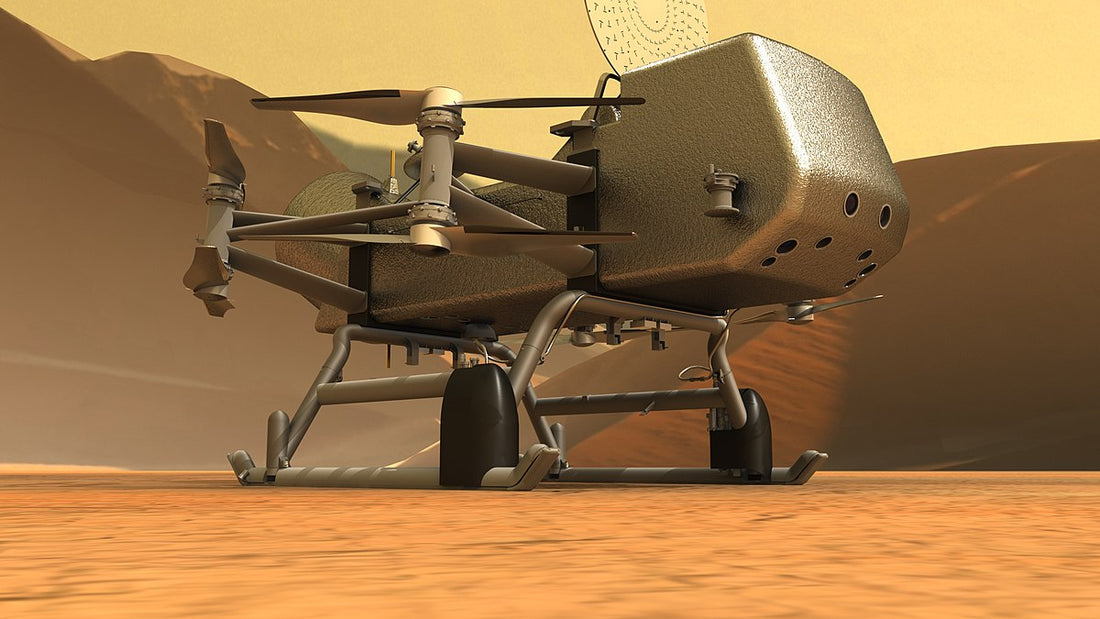
NASA is Landing A Craft 128.7 million KM Away
Share
Elizabeth "Zibi" Turtle, the principal investigator, emphasizes Titan's unique chemistry, with dunes covered in an ice-water crust facilitating the interaction of carbon-rich molecules with water. This environment offers insights into early Earth and the potential origins of life. Dragonfly will scrutinize organic molecules, the building blocks of life, on Titan, providing crucial information.
Launching in 2028 and landing in Titan's equatorial region in the mid-2030s, Dragonfly will navigate temperatures plunging to -290 Fahrenheit, showcasing the spacecraft's resilience. Despite the extreme conditions, the mission benefits from existing technologies, such as cameras tested on Mars rovers and a reliable "Gamma-ray and Neutron Spectrometer" proven in various space missions.

The spacecraft, powered by nuclear energy akin to Mars rovers, has undergone rigorous testing, including trials in a Titan Chamber simulating the moon's harsh conditions. Titan's dense atmosphere, four times thicker than Earth's, enables Dragonfly's blades to effortlessly generate lift, allowing it to reach altitudes over 13,100 feet. With little gravity on Titan, the craft can explore the moon's terrain with agility.
This $850 million mission marks a significant leap in planetary exploration, promising unprecedented insights into Titan's mysteries and expanding our understanding of celestial bodies beyond Earth.
You’ve come this far…
Why not venture a little further into A.S.S. - our exclusive Australian Space Society.
And keep thrusting Australia into the deep unknown…
#Space_Aus




